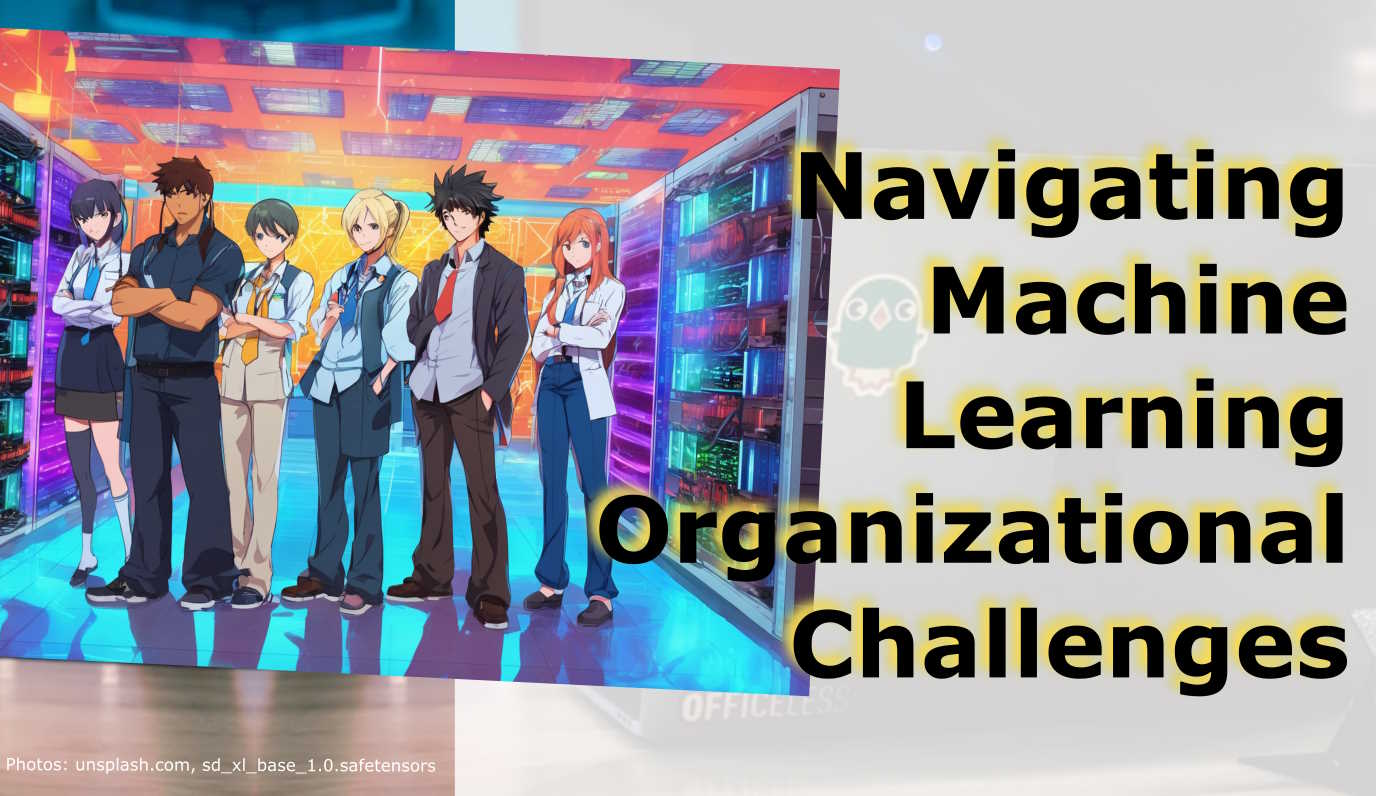Navigating Machine Learning Organizational Challenges

Crafting the Perfect Machine Learning Team and Strategy
- Defining Your Core Purpose
- Assembling the Right Team
- Ensuring High-Quality Data Flow
- Productionizing with Precision
- Cultivating an Effective Process
- Streamlining Experimentation
- Organizational Design Matters
- In conclusion
In the realm of applied science, especially as we venture into the era of artificial intelligence, building a formidable Machine Learning (ML) organization stands out as a coveted accomplishment.
Yet, as many have discovered, the journey is rife with unique challenges that differentiate it from standard software organizations.
In this guide, we embark on a curious exploration of navigating these ML organizational challenges, ensuring that you’re well-prepared for the exciting journey ahead.
Defining Your Core Purpose
Begin with clarity.
Every successful ML organization roots itself in a clearly defined purpose.
Think of it as the North Star that will guide all your strategic decisions, from hiring to resource allocation
Can you encapsulate your purpose in a crisp sentence or two?

Photo made with Stable Diffusion and A1111
Assembling the Right Team
Your ML team is the lifeblood of your endeavor.
Start with hiring those elusive scientists - they’re not just integral, they’re often the hardest to come by.
Surround yourself with a mix of seasoned experts and eager-to-learn juniors.
Remember, today’s junior staff are tomorrow’s leaders.

Photo made with Stable Diffusion and A1111
Ensuring High-Quality Data Flow
Data - the foundation stone of any ML system.
But not just any data; high-quality data.
In this realm, garbage in indeed equates to garbage out.
Whether you’re aiming for real-time ML systems or batch processing, ensure your data sources are reliable and partnerships robust.

Photo made with Stable Diffusion and A1111
Productionizing with Precision
The transition from an ML model to a production system is where the rubber meets the road.
With 90% of ML models failing to see the light of production, it’s evident this isn’t a walk in the park.
Invest in MLOps and ensure there’s a seamless bridge between your scientists and engineers.

Photo made with Stable Diffusion and A1111
Cultivating an Effective Process
How do science and engineering intersect in the ML world?
Design processes that respect the explorative nature of science but also uphold the rigors of engineering.
Expect failures, but more importantly, learn to fail fast and iterate.
Remove bottlenecks and always be on the lookout for smoother integrations.

Photo made with Stable Diffusion and A1111
Streamlining Experimentation
Experimentation is the heart of ML.
Your organization’s ability to streamline this process can be the difference between stagnation and rapid advancement.
Build systems that foster innovation but also ensure lessons are captured from each experiment.

Photo made with Stable Diffusion and A1111
Organizational Design Matters
Conway’s Law isn’t just theoretical; it’s profoundly practical.
As your organization takes shape, remember that the design will invariably mirror your systems.
It’s an intricate dance of ensuring your organizational structure complements your ML goals.

Photo made with Stable Diffusion and A1111
In conclusion
Building a Machine Learning organization is akin to navigating uncharted waters.
With the right compass (or in this case, guide), you can not only traverse these waters but also discover hidden treasures en route.
Whether you’re just starting or reevaluating your journey, there’s always room for refining, learning, and growing.